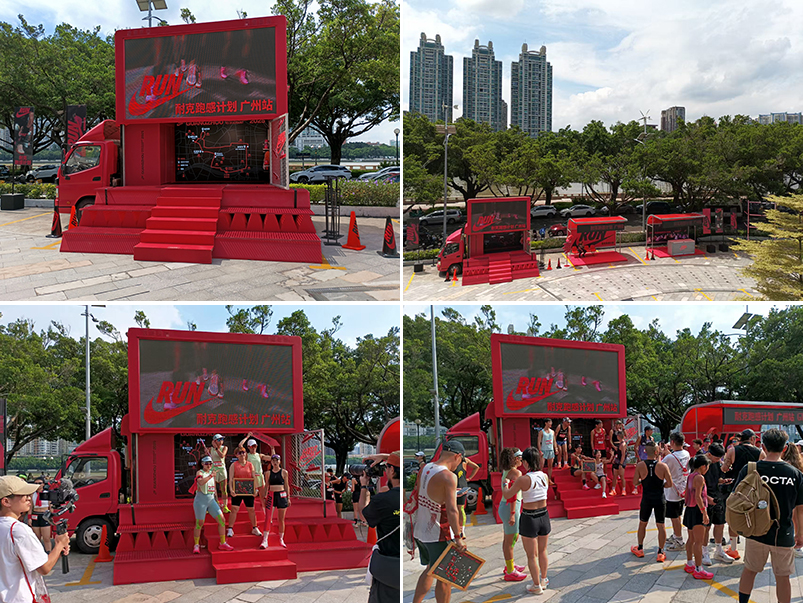The global adoption of mobile LED advertising vehicles
Source:JHheater
Release date:2025-09-08
Views:577
Share it to:
From busy city centers to large public events, mobile LED advertising vehicles are taking us one step closer to communicating and advertising on a global scale.
-
Dynamic advertising: The revolution of mobile marketing campaigns
Mobile LED advertising vehicles are redefining outdoor advertising by directly communicating messages to target audiences. Unlike static billboards, these mobile displays can be positioned in "high-traffic zones," significantly boosting brand awareness and customer engagement. For instance, the Nike brand utilized LED promotional vehicles for product launches, creating immersive experiences that blend visual content with on-site interactions.
In Europe and North America, we are seeing mobile screens increasingly used for "seasonal promotions" and targeted marketing campaigns that respond to real-time market conditions
-
Public Service Applications: Strengthening Community Communication
In addition to commercial applications, municipalities around the world are discovering the value of mobile LED advertising vehicles for "public service announcements" and "emergency information dissemination"
During natural disasters, mobile screens serve as vital communication tools that provide evacuation routes and safety information when traditional power and communication infrastructure may be compromised. Cities like Tokyo and San Francisco have incorporated mobile LED screen units into their emergency response plans.
Public health campaigns have also taken advantage of this technology, especially during the COVID-19 pandemic, with mobile screens providing communities with information about testing locations and safety protocols
-
Activity enhancement: Create immersive experiences
The event planning industry has embraced mobile LED advertising vehicles as essential components for concerts, festivals, sporting events, and political rallies. These screens provide flexible stage solutions that adapt to various venues and audience sizes.
Sports organizations use mobile screens to engage fans during games and roll out ads between events to enhance the spectator experience while creating an additional revenue stream
-
Political campaign: Mobile messaging in modern elections
Political campaigns around the world have adopted mobile LED advertising vehicles as a key tool for modern campaigns. These mobile platforms allow candidates to broadcast their messages simultaneously at multiple locations, eliminating the logistical challenges of setting up static billboards.
In countries with geographically extensive electoral coverage such as India and Brazil, LED trucks have played a vital role in reaching rural populations where traditional media coverage is limited. The ability to display recorded speeches and campaign messages in local languages has proven particularly effective.
With technological advancements, the application of mobile LED advertising vehicles continues to expand. From Times Square to the Sydney Opera House, these mobile displays bridge the gap between digital and physical marketing while fulfilling crucial public information functions, securing their position in future global advertising and public communication. As the market evolves, the flexibility and impact of mobile LED technology will undoubtedly drive more innovative applications worldwide.





